Grow Your Own Vegetables
With our outdoor plants team member Mark
Consider how much time, space and energy you have for growing vegetables – use the colour coding as a guide – choose the easiest vegetables to grow these vegetables give more reward for less time, for example peas, runner beans, Potatoes.
If growing vegetables for a successive year, check out Crop rotation.
All vegetables are hungry feeders and thrive on good soil with plenty of organic matter muck and compost. If you don’t have time to dig, and who does, an alternative gardening tip is to spread compost on the veg plot when you get round to it – late autumn and early winter and let the worms do the digging. Whatever you are going to plant, prepare your plot carefully to ensure the soil is enriched, well drained and your plot is in a sunny position.
If you are in the North of England or an exposed site, accept that some vegetables need a very sheltered spot or glass cover, such as tomatoes, French beans, melons, Sweet corn and squashes and a decent crop may prove very difficult, and more so in a poor summer. There is a difference of around 7 weeks between spring in the far South and the North. There is also a difference in temperature, and in some areas of light levels, which the books and seed packets do not always make clear.
If space is limited use tubs and containers for veg, bearing in mind that containers will need more attention particularly the need for watering. For gardening tips on growing vegetables in containers, follow this link. Tubs are a contained environment and as such they dry out more easily, which may present a problem over holiday periods.click here for gardening tips on looking after the garden whilst on holiday.
Accept the weather, as you can’t control it. Torrential wet summers are a perfect condition for blight and dry summers cause plants to bolt and it never rains when you want it to.













